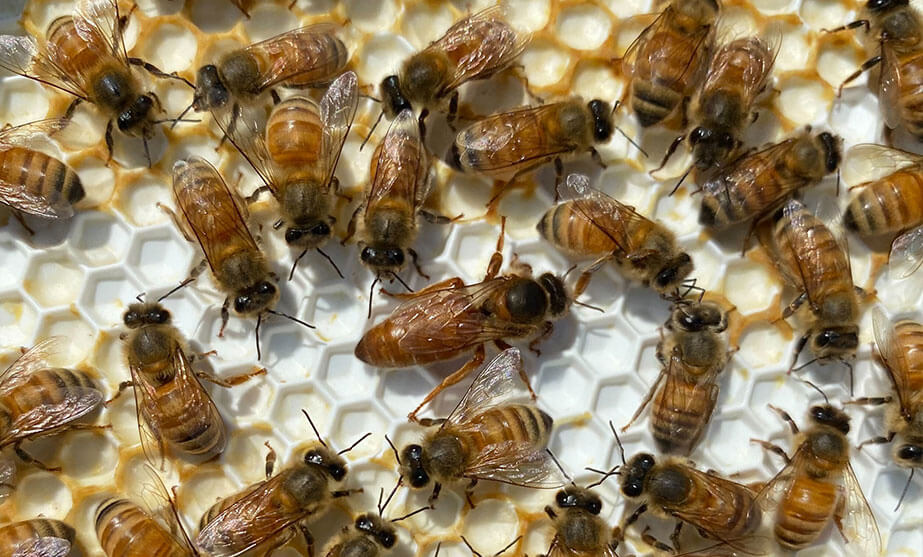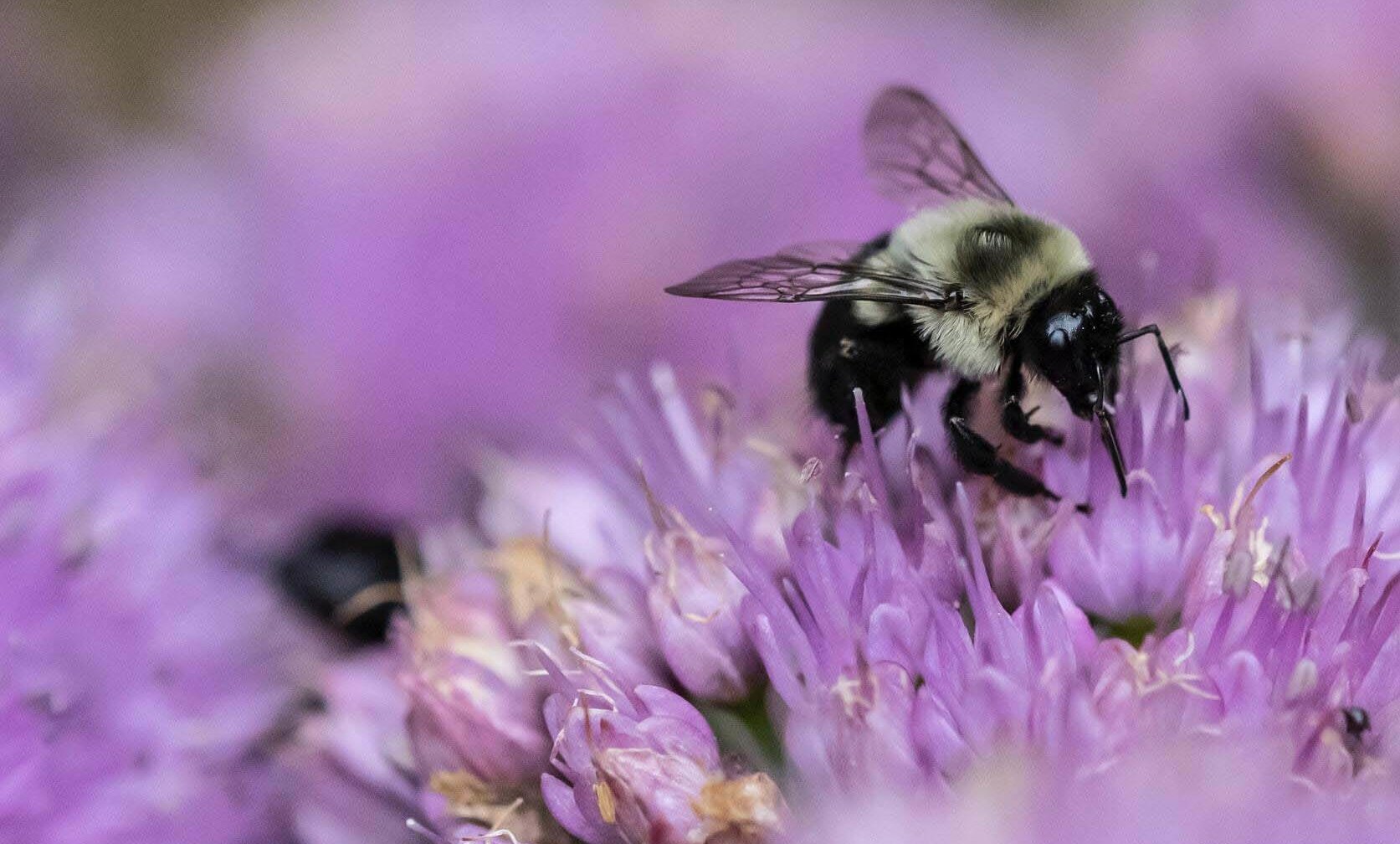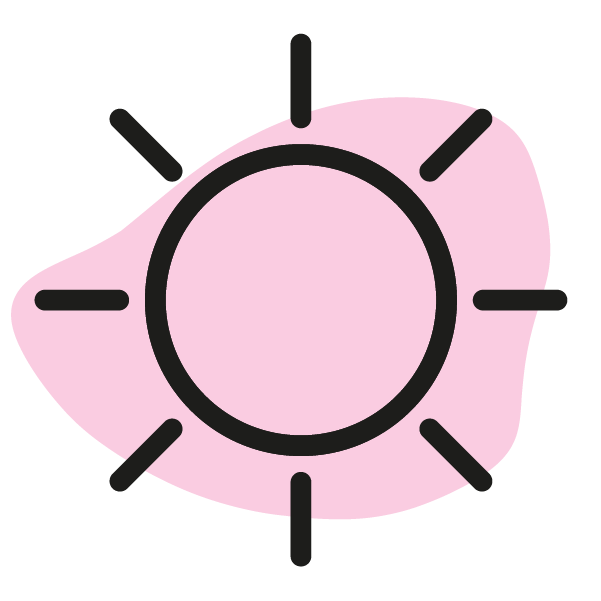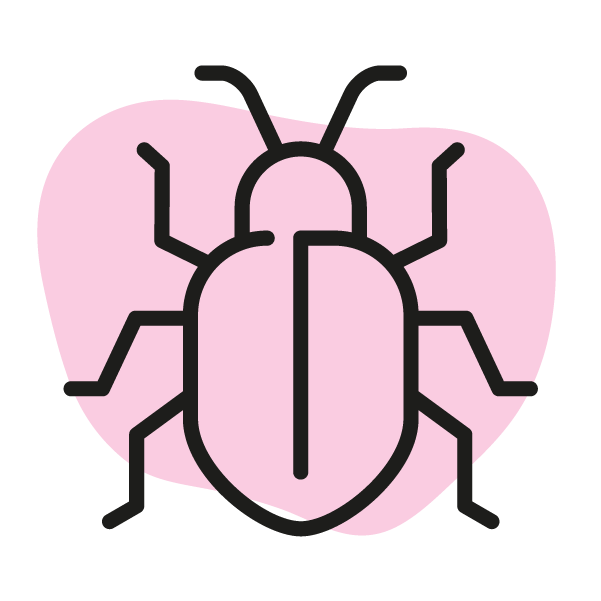Imagine a grey world without almonds, apples, or fragrant flowers…
Sounds terrible, right?
Unfortunately, that’s the shocking future we face if we don’t work to help our most precious pollinator: bees. Far from being a niche concern, bees lie at the heart of our survival – and they have been dying at unprecedented rates. Their hard work is not only essential to healthy ecosystems, but to sustaining animal and human life too.
Each year, bees are experiencing massive die-offs throughout the U.S. and Canada. In 2017, the rusty patched bumblebee was the first bee added to the endangered species list in the continental U.S. A 2019 survey from the Bee Informed Partnership states that nearly 40% of U.S. beekeepers lost their colonies during the previous year. Compared to 1947, the U.S. honeybee population has declined by 60%.
Bees pollinate one-third of the food we eat.
From apples and squash to buckwheat and coffee, bees are responsible for pollinating most of the fruits, vegetables, seeds, and nuts that are essential to our diets. Honeybees in particular play a huge role in agriculture, contributing over $15 billion to the value of US crop production.

Without Bees, We'd Lose:
100% Almonds
90% Apples
90% Onions
90% Blueberries
90% Cucumbers
90% Carrots*
*Source: Honey Bee Colony Collapse Disorder, Renee Johnson, Congressional Research Service 2010.

Honey Bees
Honey bees are known for their production of honey and beeswax, as well as the large role they play in the pollination of plants and flowers. They play a significant role in agricultural systems, increasing crop values each year by more than $15 billion in the United States alone and pollinating more than 80 percent of all cultivated crops.
Out of the 20,000+ bee species on earth, seven are recognized as honey bees within the genus Apis. Honey bees are considered super-organisms due to their complex social systems and dynamic, tight-knit interactions with one another and their environments. A colony numbers in the tens of thousands of bees, 90 percent of which are female worker bees who maintain the hive and population. There is a single Queen, who can lay eggs for several years. Male drones are responsible for the fertilization of new queens.
According to the 2020 Honey Bee Colonies report from the USDA, honey bee colonies lost with Colony Collapse Disorder symptoms on operations with five or more colonies saw a 76 percent increase from the same quarter of 2019.

Native Bees
The world is home to 21,000 species of bees — and more are discovered every year. North America is home to 4,000 species, including bumblebees, carpenter bees, and leaf cutter bees. They come in colors ranging from rich hues of yellow to vibrant blues and greens.
Unlike honey bees, 90% of native bees live solitary lives. They don’t live in colonies, build hives, make honey or wax, and or form swarms. About 70% of them nest underground, and the remaining 30% nest in cavities or holes in wood or hollow broken stems.
Most solitary bees have a short lifespan as flying adults. For example, male mason bees only fly for 2 weeks (long enough to mate), and female mason bees actively fly for 4 to 6 weeks. This short lifespan also drives some solitary bees to have a short flying range from home, too; once they establish a home they only fly a few hundred feet from their nesting site. Most of a solitary bee’s life is spent in their nesting site hibernating over the winter.
There are five primary threats to pollinators.

1. Habitat Loss
With the expansion of industrial agriculture and human development, many habitats have dwindled, fragmented, or disappeared completely. This includes natural spaces containing important forage and nesting sites for wildlife species, including pollinators.

2. Climate Change
Changing climate conditions have caused dramatic shifts in temperatures, causing flowering plants to grow farther north and leave pollinator populations behind. Extreme weather patterns and events are disrupting ecosystems all over the world, making it hard for native bees to find the food and safe haven they need.

3. Chemical Pesticides
Pesticides including neonicotinoids deter and kill unwanted pests and weeds on both a commercial and residential scale. However, they often destroy non-target species like bees as a consequence. Harmful pesticides and other environmental pollutants are a leading cause of pollinator declines.

4. Invasive Plant Species
When humans introduce new species into a novel environment, these plants may have a competitive edge over the native species and overtake the local ecosystem. This can result in a loss of food for local bees, whose diets have evolved to feed on local plantlife.

5. Diseases and Parasites
All of these factors have contributed to the spread of non-native parasites and diseases. Varroa mites have weakened honeybee populations, while the German yellow jacket feeds on native bees and honeybees. Fungus like Nosema bombi has been common in bumblebee species in decline.